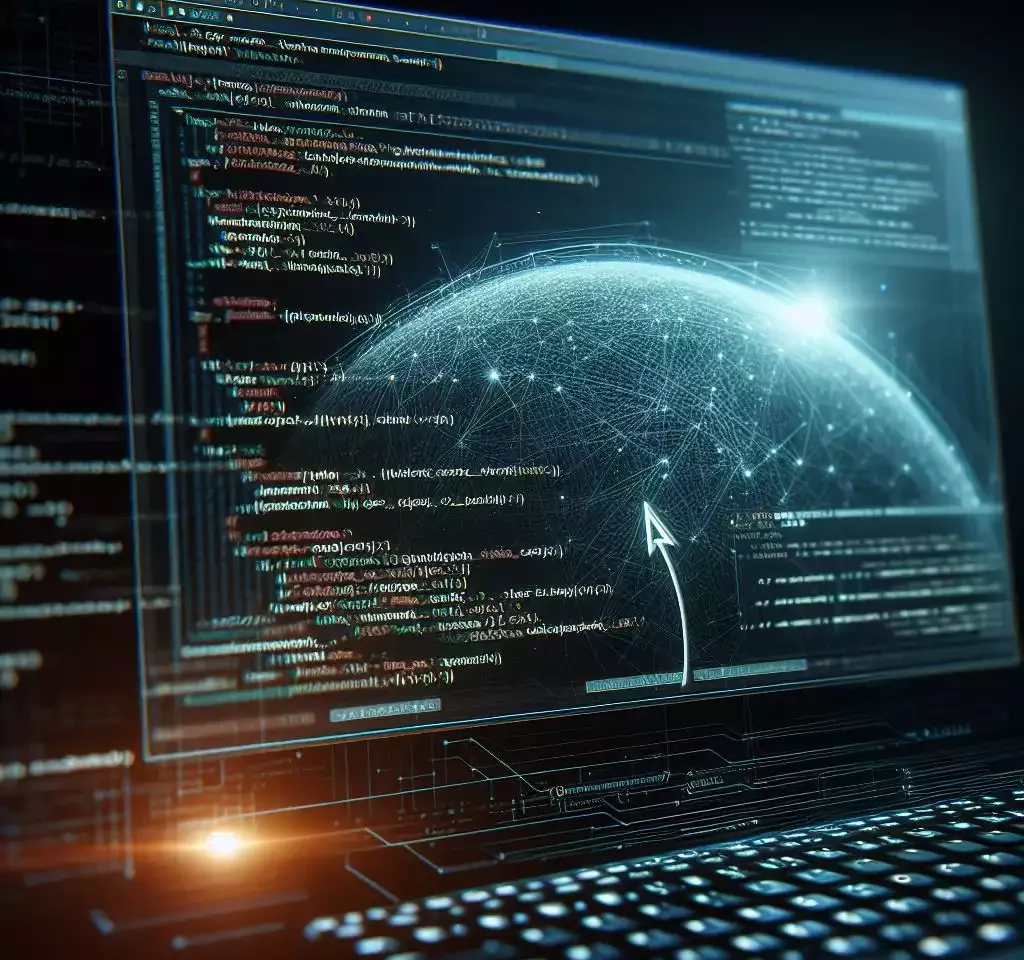The world as we know it is evolving faster than ever before. Technological advancements are compounding and creating new merger and acquisition (M&A) opportunities.
All companies are becoming more reliant on technology to improve and stay competitive. This shifting reality weighs heavily on the world of M&A, an underpinning of the world of business.
In this blog post, you’ll find current trends and predictions that define the ever-changing realm of software M&A.
Regulatory Landscape and Deal Dynamics
In recent times, the regulatory landscape has witnessed a profound shift. It’s trying to keep up with new technologies and this influences M&A deals, particularly in the U.S. and Europe.
Increasing Regulatory Scrutiny in the U.S. and Europe
- More Stringent Review Processes: Antitrust regulators are putting more pressure on acquisitions by large tech companies. The review processes are becoming more stringent. This reflects a commitment to ensuring fair competition and preventing monopolistic practices.
- Examples Illustrating Regulatory Challenges Include:
- Broadcom’s Acquisition of VMware: The colossal $69 billion deal between Broadcom and VMware became a regulatory saga, enduring scrutiny for 59 weeks across three fiscal years. This protracted timeline underscored the global scale of approvals required, reflecting the reach of many regulators.
- Microsoft’s Acquisition of Activision: The Federal Trade Commission (FTC) raised eyebrows almost two years after Microsoft announced its intention to acquire gaming giant Activision. This prolonged scrutiny serves as a reminder that regulatory challenges can persist long after initial deal announcements.
How Regulatory Changes are Shaping Deals
- Shift Towards Smaller Acquisitions: Faced with increased regulatory scrutiny, companies are adapting their M&A strategies. There’s a shift towards smaller acquisitions, which not only helps avoid some regulatory hurdles but also aligns with the growing preference for agile, targeted expansions.
- Impact on Deal Timelines: The regulatory landscape’s evolution is leading to longer deal timelines. Companies embarking on M&A journeys must now contend with longer approval processes and regulatory examinations. This shift highlights the importance of diligent planning and the ability to navigate regulatory complexities.
The Rise of “Techquisitions” and AI in M&A
As a result of the rise in tech’s prominence, a new trend has emerged — the era of “techquisitions.”
This term refers to the acquisition of technology startups by larger companies. This signals a continued shift towards innovation-driven growth. As technology becomes the cornerstone of business success, companies are integrating novel solutions into their portfolios.
Why Companies are Increasingly Acquiring Small Technology Startups
- Access to Technology: Companies are seeking to acquire small technology startups to gain access to cutting-edge and proprietary technologies. This allows larger businesses to stay at the forefront of their industries.
- Accelerated Growth: Acquiring small tech startups provides an avenue for growth. Instead of developing new technologies in-house, companies can leverage the expertise and solutions of startups to propel their growth.
- Talent Acquisition: Beyond technology, acquisitions offer an opportunity to acquire top-tier talent. The talent pool within startups often has experts and innovators, adding invaluable human capital to the acquiring company.
- Market Expansion: Acquiring startups can help companies enter new markets. The established presence and customer base of the acquired startup provide a shortcut to growth. This approach avoids the time-consuming process of building from scratch.
- Competitive Advantage: In a competitive landscape, companies are using “techquisitions” to gain an edge. The ability to offer unique and advanced solutions positions them ahead of competitors, meeting the ever-growing demands of consumers.
AI’s Role in M&A
- AI as an Acquisition Target: The allure of AI companies as acquisition targets lies in their ability to offer disruptive technologies. These companies can be valuable assets that improve existing capabilities. They can also introduce new dimensions to a company’s products or services.
- AI as a Tool in Mergers: AI is not just a target for acquisitions; it’s also a powerful tool for the entire M&A process. From analyzing datasets to predicting market trends, AI is instrumental in making better decisions. In the negotiation phase, AI can help analyze and optimize contracts. This can ensure a smoother transition by improving Transitional Service Agreements (TSAs) and other contracts.
Industry Consolidation and Future Outlook
As the software sector continues to be a hotbed of innovation, industry consolidation becomes a key trend. It’s helping to shape the landscape of mergers and acquisitions.
Ongoing Consolidation in the Software Sector
- Cloud Computing: The integration of cloud computing solutions remains a central focus of industry consolidation. Companies seek to enhance their cloud capabilities or broaden their service offerings by acquiring or merging with key players in the cloud computing domain.
- Analytics: Analytics is a driving force in decision-making, and companies are consolidating to improve analytical capabilities. M&A activities are directed toward acquiring or partnering with analytics firms. This can help gain a competitive edge through data-driven insights.
- Cybersecurity: With the escalating threats to digital assets, there’s consolidation in the cybersecurity sector. Companies recognize the value of fortifying their digital defenses, leading to acquisitions in cybersecurity.
Predictions for the Future of Software M&A
- Continued Regulatory Scrutiny: Regulatory scrutiny will persist as authorities react to the expanding influence of tech giants. Companies engaging in M&A must navigate a regulatory landscape that demands transparency, fairness, and adherence to antitrust regulations.
- Impact of Emerging Technologies: Emerging technologies such as blockchain, artificial intelligence, and edge computing will be a defining factor in future software M&A. Companies will acquire innovative solutions that leverage these technologies to stay at the forefront of industry trends.
- Importance of Culture and Innovation in Deal Success: Beyond financial considerations, the success of future deals will hinge on cultural alignment and fostering innovation. Companies that prioritize these elements will be better positioned to navigate the challenges that come with M&A.
Catalysts
- Energy Transition: The imperative to invest in European energy independence and renewable energy is driving M&A in the software sector. Companies are aligning their portfolios with the changing energy landscape.
- Automotive Transition: The automotive industry’s transition to alternative drivetrains is a catalyst for deals. They often aim at securing supply chains and gaining access to cutting-edge technology. Recent examples, such as Volkswagen’s cooperation with Xpeng and Stellantis’s fuel cell joint venture with Symbio, highlight this trend.
- Digital Competencies: Expanding digital and technological competencies, especially with generative AI, is prompting acquisitions to gain relevant capabilities. Examples like BioNTech’s acquisition of AI startup InstaDeep underscore the importance of digital competencies in the industry.
- Calmer Economic Conditions: Steady or declining interest rates in Europe could increase private equity activity. Investment firms, holding untapped capital, are poised to leverage calmer economic conditions to engage in acquisitions.
Conclusion
We hope that you’ve found this article valuable when it comes to discovering the ways software is shaping the M&A landscape. These trends will become more important as we move forward into the future.
These changes will influence the way dealmakers, companies, and stakeholders navigate the deal-making process going forward — and we’re here to help you traverse that changing landscape.





